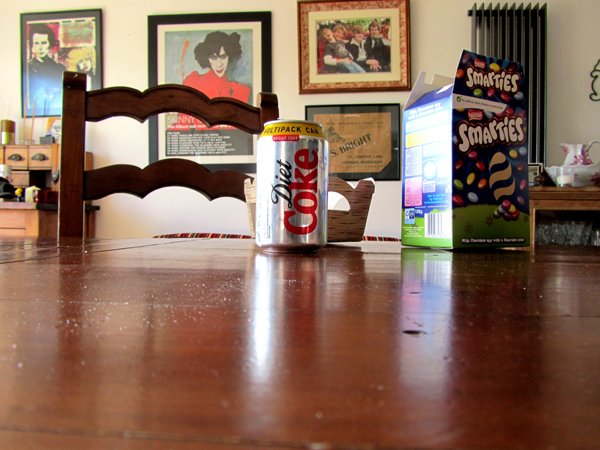You can only eat so many Easter Eggs and drink so much Coke.
Cassette Culture 1989 – 2009 by This Window is still available to download.
Cassette Culture was an offshoot of the mail art movement of the 1970s and 1980s, it emerged from the DIY ethic of punk. Compact Cassettes, were the way that home recording artists distributed their ART. Cassettes consisted of two miniature spools, between which magnetically coated plastic tape was transported. In the UK cassette culture was born during the post-punk period, 1978–1984, extending through the late ’80s and into the ’90s. It was a postal-based network identical to the mail art scene. Continue reading ?

